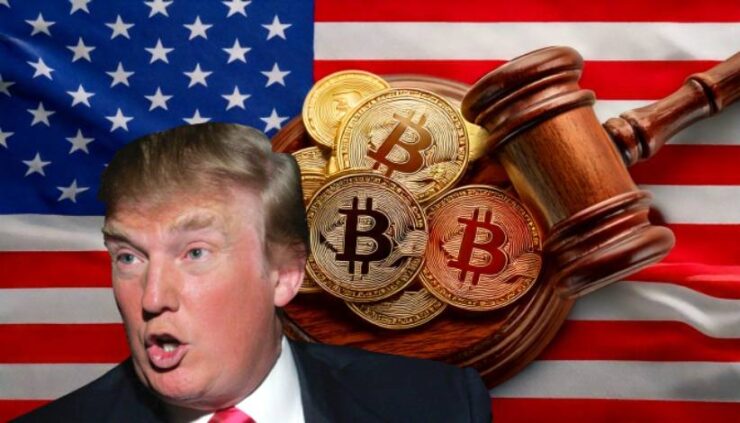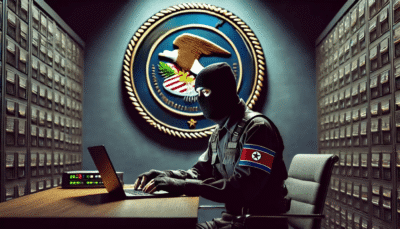President Donald Trump’s plan to establish a U.S. strategic crypto reserve has sparked immediate debate, with financial analysts at Bernstein raising concerns about its feasibility. Trump announced Sunday that the reserve would include Bitcoin, Ethereum, Solana, Cardano, and XRP, a decision that has puzzled market experts and policymakers alike.
Trump first revealed his plan on Truth Social, omitting Bitcoin from his initial post and listing only XRP, Solana, and Cardano. After confusion from market watchers, he later clarified in a follow-up post that Bitcoin and Ethereum would also be included. “And, obviously, BTC and ETH, as other valuable cryptocurrencies, will be at the heart of the reserve. I also love Bitcoin and Ethereum!” Trump wrote.
Bernstein Analysts Question the Reserve’s Viability
Analysts at investment firm Bernstein issued a note Monday expressing skepticism over the inclusion of Ethereum, Solana, and Cardano. While Bitcoin has been widely discussed as a potential sovereign asset, the addition of altcoins raised concerns.
“The position of Bitcoin as a ‘digital gold’ holding for the U.S. government was expected,” Bernstein analysts Gautam Chhugani, Mahika Sapra, and Sanskar Chindalia wrote. “But the rationale for a sovereign to hold Ethereum, Solana, or Cardano in reserve is unclear.”
The analysts argued that Ethereum and Solana, while key players in blockchain infrastructure, remain deeply tied to specific ecosystems and lack the stability required for a national reserve asset. They noted that acquiring such assets through Federal Reserve or Treasury funds would be a difficult proposition.
“We think a realistic path could be that the U.S. government convinces Congress that Bitcoin is the new digital gold and should be reallocated as part of a gold reserve strategy,” Bernstein wrote. “However, buying other blockchain assets from Fed funds or Treasury funds is a difficult sell.”
Market Reaction and Political Fallout
Trump’s announcement had an immediate impact on cryptocurrency markets. XRP surged 21% to $2.61, its highest price in over a week.
Solana jumped 12.5% to $158, while Cardano saw a 37% spike to $0.87. Bitcoin rose 7.6%, briefly exceeding $91,000 following Trump’s follow-up post.
However, the rally was short-lived. By Monday, Bitcoin had fallen nearly 15% from its peak, dropping to $83,744 amid broader market concerns. Analysts attributed the decline to fears surrounding Trump’s trade tariffs and inflation, which have placed downward pressure on financial markets overall.
The president’s campaign previously focused on Bitcoin as the primary candidate for a national stockpile. In a 2024 speech at the Bitcoin conference in Nashville, Trump stated, “If I am elected, it will be the policy of my administration, the United States of America, to keep 100% of all the Bitcoin the U.S. government currently holds or acquires into the future.” His shift to include altcoins has surprised many in the industry.
Legal and Legislative Challenges
Trump’s executive order formally established a Presidential Working Group on Digital Asset Markets to explore a national crypto reserve. However, legal experts and financial analysts question whether an executive order alone can push through such a plan. Establishing a reserve involving multiple cryptocurrencies would likely require congressional approval, which could face significant opposition.
Bernstein’s report pointed out that Bitcoin has gained widespread recognition as a potential strategic asset, but altcoins remain speculative investments with uncertain long-term value. The analysts suggested that persuading lawmakers to allocate public funds toward assets like Solana and Cardano would be challenging.
Crypto industry insiders remain divided. Some see Trump’s move as a bold step toward solidifying the U.S. as a leader in the digital asset space, while others question the practicality of including volatile altcoins in national reserves. The debate is likely to intensify as details of Trump’s proposal unfold.





